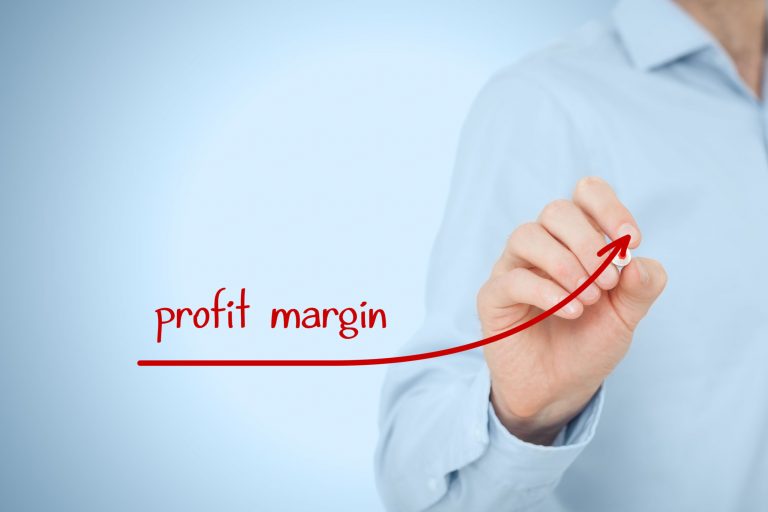
Growth is good—but margin is what makes it sustainable.
Operating margin measures how efficiently a business converts revenue into operating profit. It’s one of the clearest indicators of strategic discipline, cost control, and scalable growth.
What is Operating Margin?
Formula:
Operating Margin= Operating Income / Revenue
It reflects the percentage of revenue left after covering operating expenses—excluding interest and taxes.
Why It Matters
- Signals scalability: High margin means growth isn’t just adding revenue—it’s adding profit
- Reveals cost discipline: Shows how well expenses are managed relative to revenue
- Enables strategic modeling: Critical for forecasting, pricing, and investment decisions
- Builds board confidence: A core metric in investor decks and executive reporting
What to Watch
- Margin compression: Rising costs or discounting can erode margin even as revenue grows
- Blended averages: Company-wide margin may mask underperforming segments
- Growth tradeoffs: Margin may dip during expansion—leaders must know when and why
Disaggregated Margin Analysis
To truly understand operating margin, break it down:
- By product line: Which offerings drive profitability—and which dilute it?
- By customer segment: Are some buyers more cost-efficient or price-sensitive?
- By geography: Regional cost structures and pricing power vary widely
- By facility or channel: Operational efficiency and overhead drag can differ dramatically
Disaggregation reveals hidden strengths, inefficiencies, and strategic leverage points.
Margin vs. Growth Tradeoffs
Not all margin dips are bad. Sometimes they’re strategic:
- Expansion costs: New markets or products may carry upfront investment
- Lifecycle lens: Early-stage offerings often have lower margin but high strategic value
- Scenario modeling: Leaders must forecast when margin rebounds—and how
The key is intentionality. Margin erosion without a strategic plan is risk. Margin investment with a clear path to return is leadership.
Strategic Questions
- Are we growing profitably—or just growing?
- What’s driving changes in margin—pricing, cost structure, or mix?
- How does margin vary across business units, channels, or geographies?
- Are we modeling margin scenarios to guide strategic decisions?
Final Thought
Operating margin isn’t just a finance metric—it’s a strategic lens. Disaggregated analysis reveals where your business is truly performing. Modeling margin tradeoffs helps leaders grow with discipline. Track it well, and you build systems that last.
Want help modeling margin scenarios or uncovering performance gaps across segments? Let’s talk.
This post is part of the Behind the Metrics series, where we unpack the numbers that drive strategic clarity and sustainable growth.